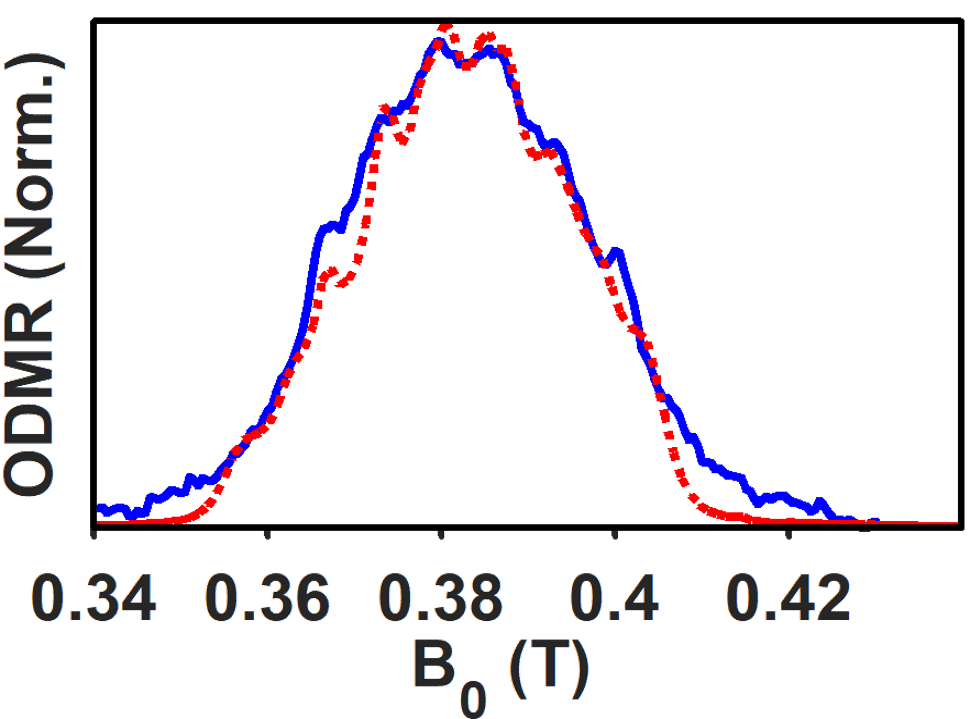
Controlling Catalysis with Light-Responsive Nanoparticles
Molecular switches and machines are some of the most interesting molecules in chemistry due to their potential applications in various arenas such as catalysis,[1] sensing,[2] drug delivery,[3] the ability to perform mechanical work,[4] and others. Over the past few years, our lab had established methodologies to couple inorganic nanocrystals with molecular switches.[5] For example, the nanocrystals could be reversibly aggregated and disaggregated by controlling the state of immobilized photoswitch using light.[6] In the current study, gold nanoparticles were functionalized with azobenzene and organocatalysts such as thiourea, which could catalyze Michael or Knoevenagel additions. The solubility of gold nanoparticles was modulated by changing the state of azobenzene upon irradiation with UV or visible light. In the dispersed state, thiourea is more exposed to the solution, resulting in accelerated reactions.

References:
[1] U. Lüning, Angew. Chem. Int. Ed., 2012, 51, 8163
[2] R. Klajn, J. F. Stoddart, B. A. Grzybowski, Chem. Soc. Rev., 2010, 39, 2203
[3] A. Coskun, M. Banaszak, R. D. Astumian, J. F. Stoddart, B. A. Grzybowski, Chem. Soc. Rev., 2012, 41, 19
[4] R. Eeklema.; M. M. Pollard.; J. Vicario.; N. Katsonis.; B. S. Ramon.; C.W.M. Bastiaansen.; D. J. Broer, B. L. Feringa. Nature, 2006, 440, 163
[5] R. Klajn, Pure Appl. Chem. 2010, 82, 2247-2279
[6] H. Zhao, S. Sen, T. Udayabhaskararao, M. Sawczyk, K. Kučanda, D. Manna, P. K. Kundu, J.-W. Lee, P. Král, R. Klajn, Nat. Nanotech. 2016, 11, 82-88
Powered by Eventact EMS